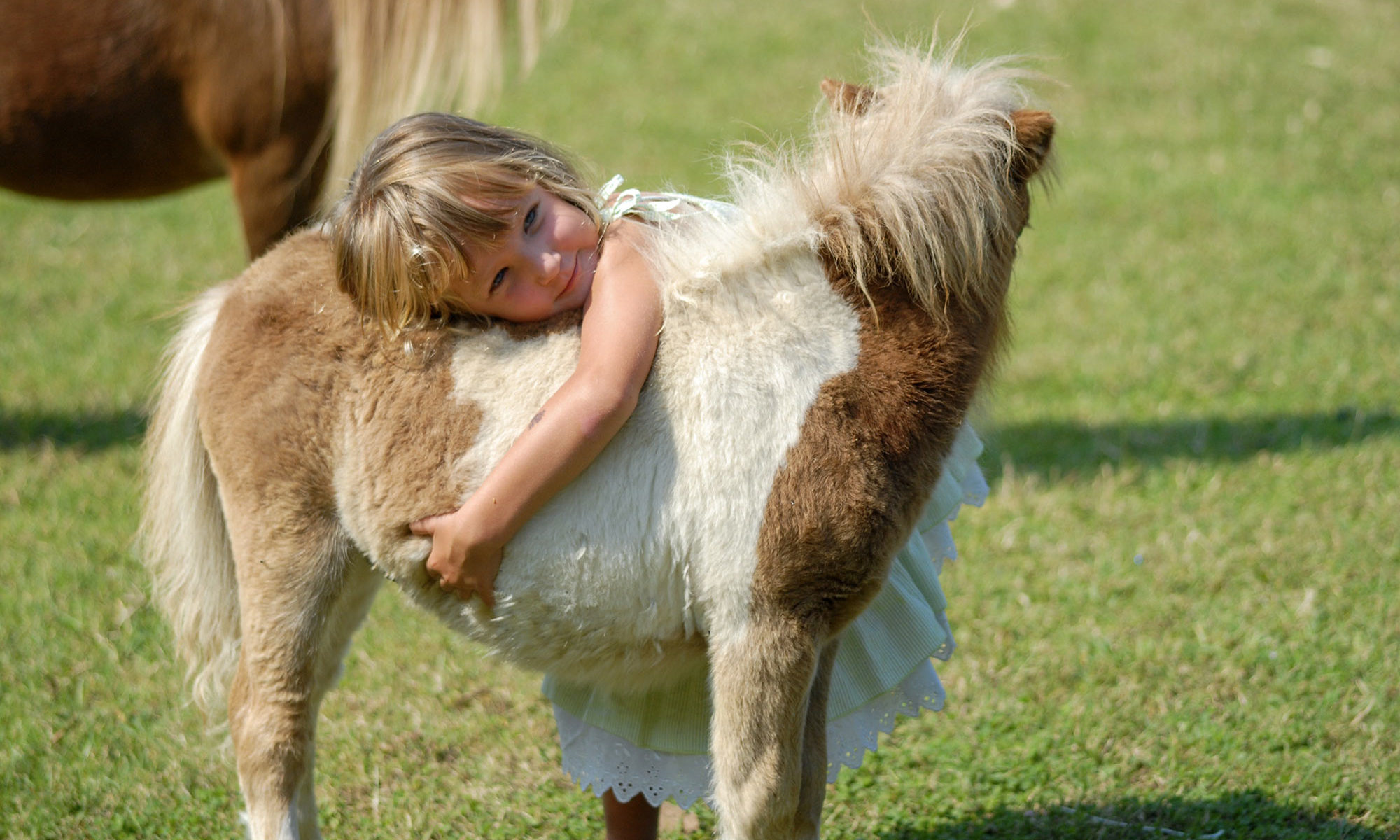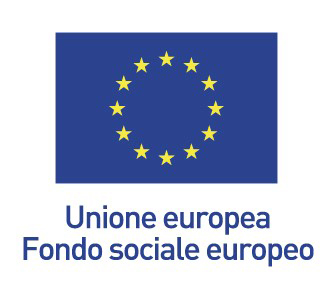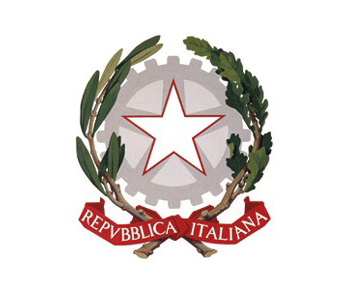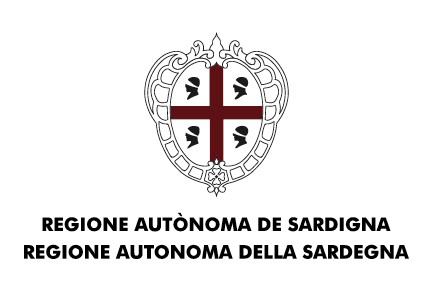Composting Branches from pruned trees, leaves, flowers, lake sediments and the organic material produced by the animals living in the park is collected every day in a special composting area where, through a process of transformation and stratification, it is turned into humus. Every 5-6 years this process produces up to 500 m³ of compound, which is used to nourish the Resort gardens.
Pruning Dry branches are turned into picket fence posts for the farm or firewood for the bread ovens and roasting fires. Wood taken from pruning, from older plants or from plants whose life cycle has come to a natural end, is turned into furniture for the guest rooms or into new signposts for the park.
Lawns All cut grass becomes daily food for the animals living in the park.
Water Recirculation In an old quarry, formerly used for mining granite, as well as in the various natural lakes within the park, we now gather rainwater which is used for the irrigation of gardens, lawns and vegetable gardens.
Lakes All of the lakes are used for the cultivation of water hyacinths, floating plants that purify the water and, when there is a surplus, serve as food for wild boars of the Park.
Flora and Fauna Over the years we have undertaken the important, meticulous task of searching out and identifying all the indigenous species, some of which were on the verge of extinction but now populate the park… a place where all animals live freely in a protected ecosystem. After a long, careful search, some ancient endemic Sardinian species were selected, including the mouflon, the ancient Sarda sheep, the Giara horse, the white Asinara donkey, the Sardinian wild boar, wild goats, horses, deer and all birds characteristic of Sardinian fauna.



